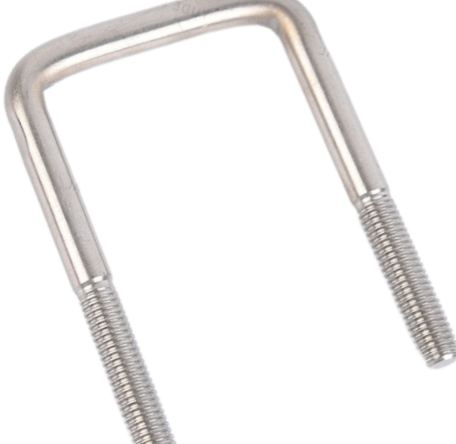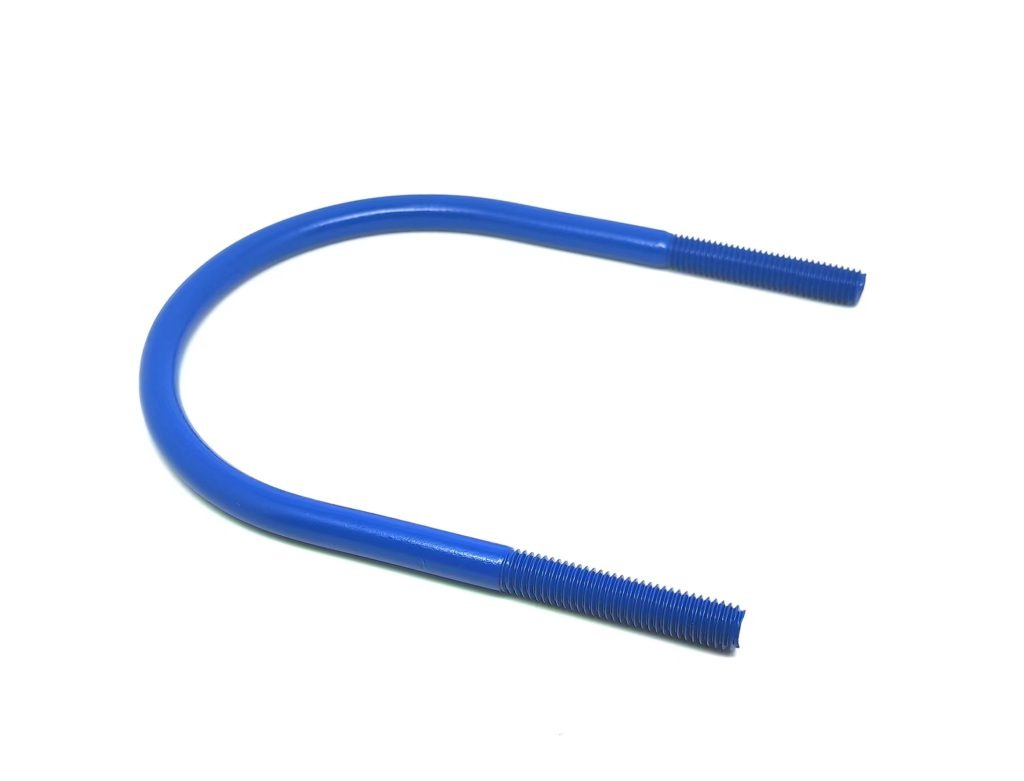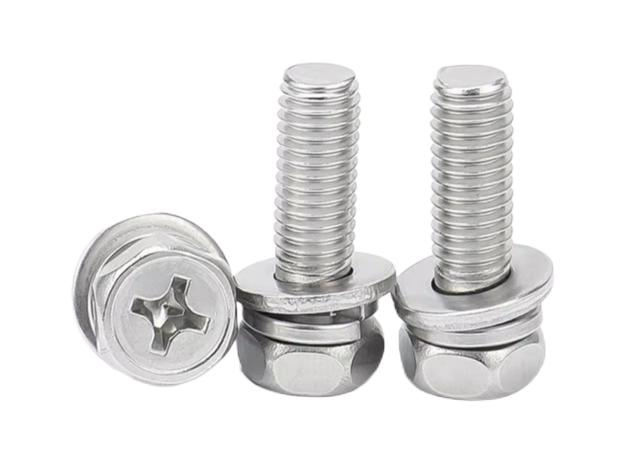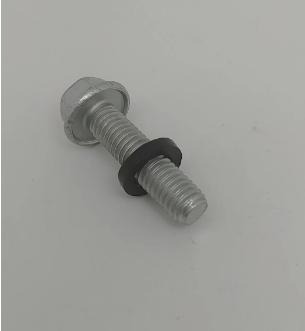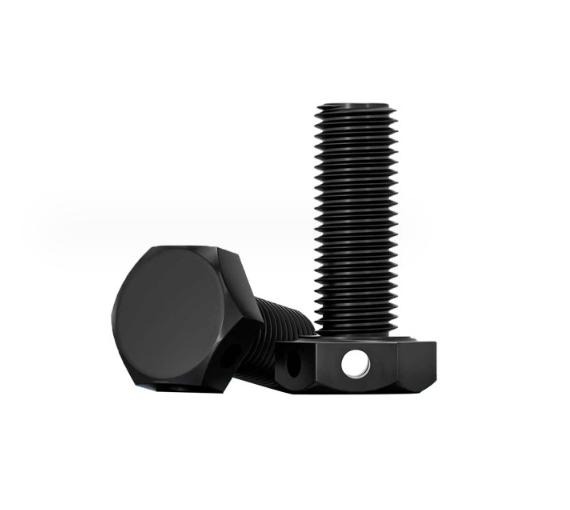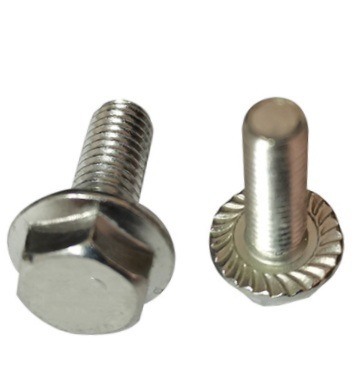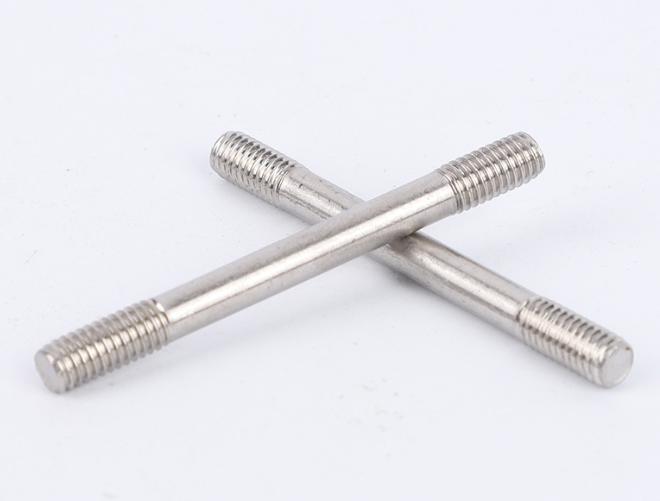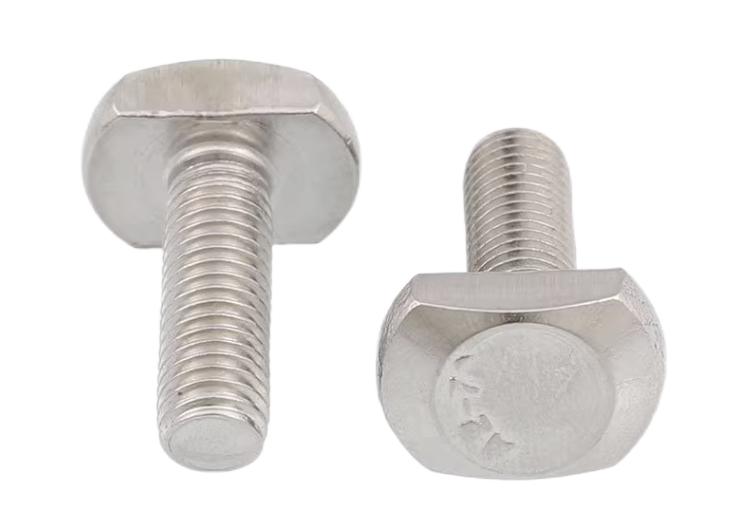Rivets vs Bolts: Choosing the Right Type for Your Fastening Requirements
In various industries, such as engineering, construction, and manufacturing, rivets and bolts are two commonly used fastening solutions. While both are used to join two objects together, they differ significantly. In this post, we will compare rivets vs bolts in detail to help you make the right choice.
Table of Contents
Part 1. What Are Rivets and Bolts?
Rivets
Rivet is a mechanical fastener typically made of metal, consisting of a head and a shaft. During installation, the rivet is inserted into pre-drilled holes and one end is deformed or expanded to secure the connection. Common types of rivets include aluminum, steel, and stainless steel rivets, each designed to meet different strength requirements.
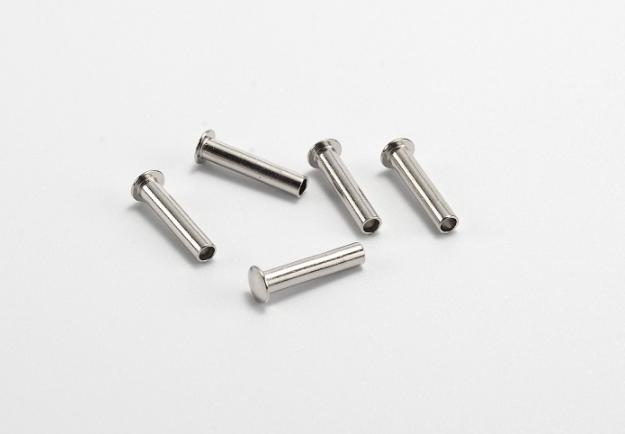
Bolts
Bolt is a metal rod with threads, often used with a nut to create a connection. Bolts are tightened using tools such as wrenches, and the threads on the bolt allow for secure fastening. Bolts offer adjustability and are ideal for applications that may require disassembly or maintenance.
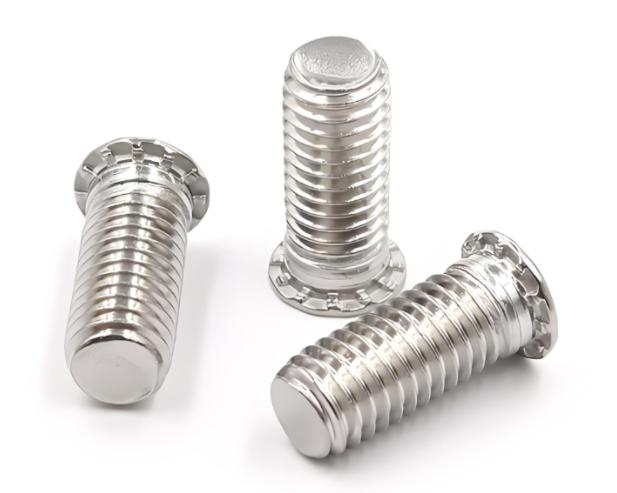
Part 2. Comparison: Rivets vs Bolts Key Differences
After knowing their definitions, let’s now explore the key differences between rivets and bolts. We will examine them from four perspectives.
1. Installation Method
Rivets: Rivet installation typically requires specialized tools such as a rivet gun or impact tools. The rivet is inserted into pre-drilled holes, and force is applied to expand the rivet, securing it in place without the need for nuts or washers.
Bolts: Bolt installation is relatively simple. The bolt is inserted through the materials being connected and tightened with a wrench, often using a matching nut, to secure the connection.
2. Strength and Load Capacity
Rivets: Rivets offer high shear strength, making them ideal for applications that require a permanent, stable connection.
They provide excellent resistance to lateral (shear) forces and vibrations, making them a go-to choice in industries like aerospace.
Bolts: Bolts are more effective at handling tensile forces (pulling forces) and are typically better suited for high-load applications where disassembly or adjustments might be necessary.
Additionally, bolts can be tightened to specific torque values, offering a high degree of control over the connection’s strength.
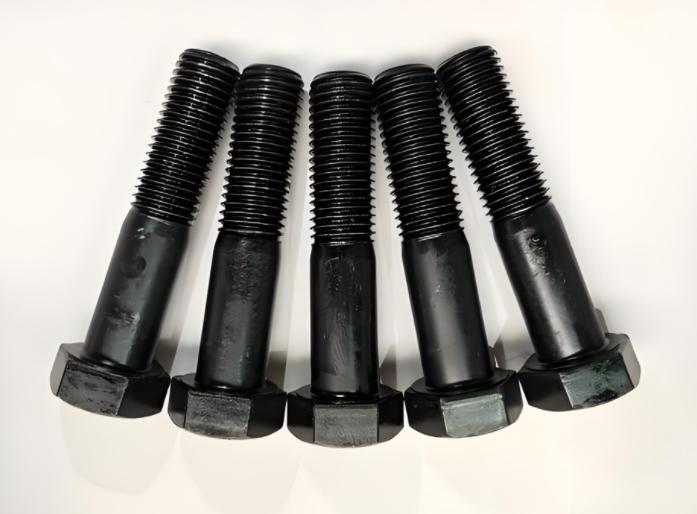
3. Durability and Stability
Rivets: Once installed, rivets create a permanent connection that is highly resistant to loosening. This makes them extremely durable and ideal for high-stress applications where long-term reliability is crucial.
Bolts: Bolts, on the other hand, may loosen over time, especially in high-vibration environments. Regular inspection and re-tightening may be required to maintain the integrity of the connection.
4. Installation Speed and Cost
Rivets: Rivets are typically faster to install compared to bolts, but they require specialized tools for installation, and the process can be irreversible once done. The cost of installation can be higher due to the need for specific equipment.
Bolts: Bolt installation is relatively simple and can be done with commonly available tools. The cost of bolts is typically lower, and because bolts are reusable, they can be more economical for applications that require frequent disassembly.
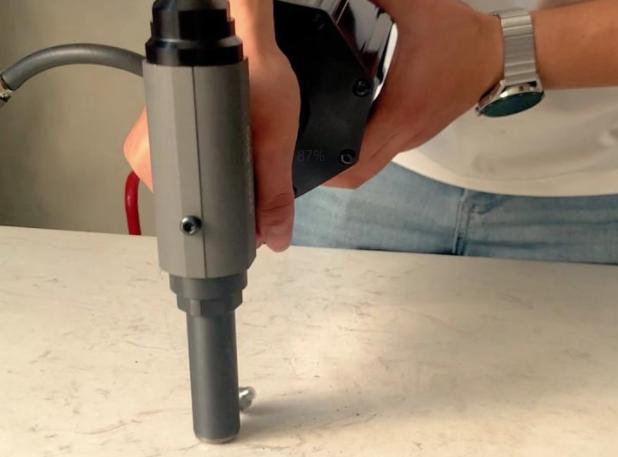
5. Comparison Table of Rivets vs Bolts
Here’s a concise comparison table to help you better understand their key differences:
| Category | Rivets | Bolts |
| Installation | Requires specialized tools; permanent, no nuts or washers | Simple, using common tools; requires nut and wrench |
| Strength | High shear strength; ideal for permanent connections | Better for tensile strength; adjustable torque |
| Durability | Very stable; resistant to loosening | May loosen over time; needs re-tightening |
| Speed & Cost | Faster but higher installation cost, irreversible | Simpler, lower cost, reusable for disassembly |
Part 3. Applications of Rivets and Bolts
Rivets are ideal for permanent, high-strength connections, while bolts are preferred in applications that require flexibility and ease of maintenance. Below, we list the specific uses of each in various industries.
Applications of Rivets
Aerospace: Rivets are widely used in the aerospace industry because of their high strength, resistance to vibration, and ability to create permanent, secure connections in aircraft components.
Automotive Manufacturing: Rivets are often used in the automotive industry to fasten body panels, particularly when a permanent and durable connection is required. They are also commonly used in environments exposed to high levels of wear and corrosion.
Construction: Rivets are frequently employed in steel construction for securing beams and other structural components. Their resistance to fatigue makes them ideal for large, heavy-duty structures.
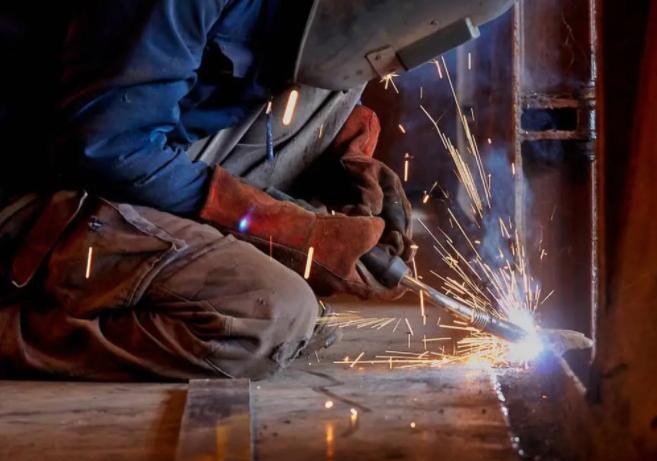
Applications of Bolts
Machinery: Bolts are commonly used in machinery and equipment assemblies where disassembly or reconfiguration may be needed. Their adjustable nature makes them perfect for situations where precise tightness is required.
Furniture: Bolts are commonly used in furniture assembly, especially for items that need to be dismantled or adjusted. The ability to tighten and loosen bolts makes them an ideal solution for furniture that requires flexibility.
Construction: Bolts are also widely used in construction, particularly in structural applications like bridges and buildings. They offer the flexibility of being able to adjust or replace parts when necessary.
Part 4. Pros and Cons of Rivets vs Bolts
Both rivets and bolts offer unique advantages, depending on the application, with rivets providing permanent, secure connections, while bolts offer flexibility and ease of maintenance. Let’s dive into the specific pros and cons of each.
Pros and Cons of Rivets
Pros:
- Strong and Permanent: Once installed, rivets provide a secure, permanent connection that is highly resistant to loosening.
- Durability: Rivets are particularly well-suited for high-temperature, high-pressure, and high-vibration environments.
- No Additional Fasteners: Rivet installation does not require nuts or washers, simplifying the installation process.
Cons:
- Non-Removable: Once a rivet is installed, it cannot be easily removed or adjusted, making repairs or modifications difficult.
- Specialized Tools Required: Rivets require specific installation tools, which can increase installation costs and complexity.
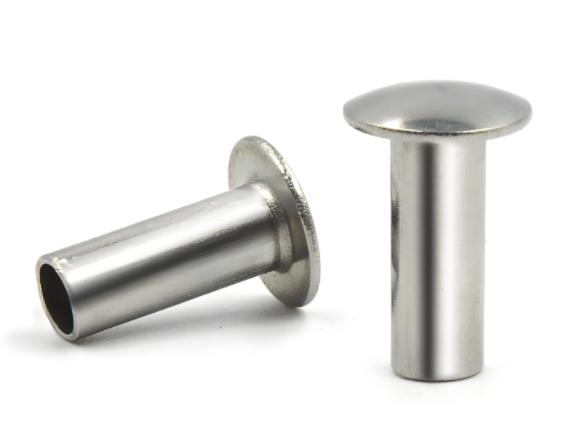
Pros and Cons of Bolts
Pros:
- Adjustable and Removable: Bolts allow for easy disassembly, making them ideal for applications that require maintenance or adjustments.
- Simple Installation: Installing bolts is straightforward and can be done with commonly available tools.
- Reusability: Bolts can be reused multiple times, reducing long-term costs in applications where frequent disassembly is required.
Cons:
- Potential Loosening: Over time, bolts may loosen due to vibrations or pressure, requiring periodic re-tightening.
- Slower Installation: While not complicated, bolt installation can take longer than rivet installation, especially when tight tolerances are required.
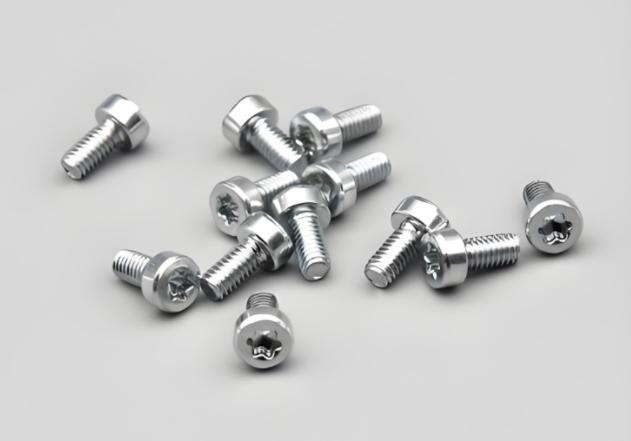
KENENG: Your Reliable Rivets and Bolts Supplier
As a professional rivet and bolt manufacturer, KENENG provide high-quality rivets and bolts, ensuring that each product meets strict quality standards. Whether it is a project requiring high-strength connection or an application that requires convenient disassembly and replacement, we can provide the most suitable products.
Looking for a reliable rivet or bolt supplier? KENENG will be your trusted partner!

